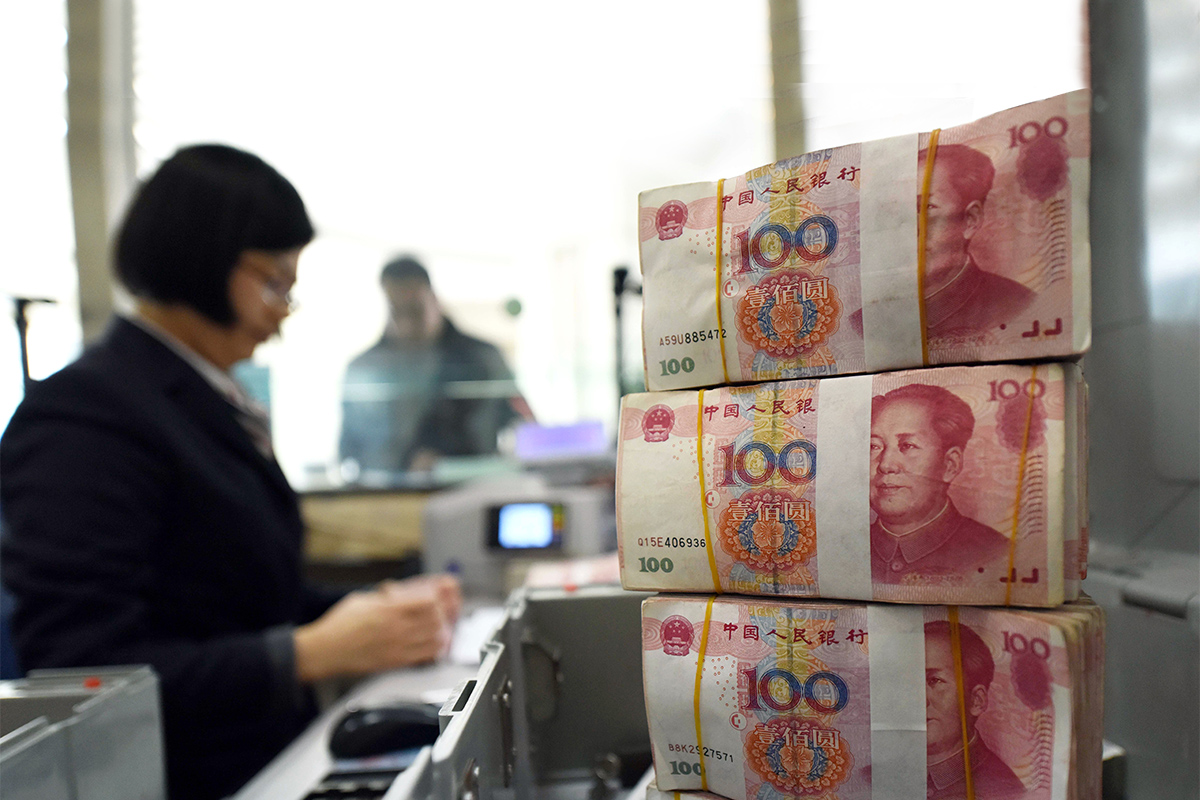China’s authorities, who’ve allowed the steepest yuan decline since the 2015 devaluation, are likely to step in and defend the currency should it fall further to a key level.
Most of the 18 traders and analysts surveyed by Bloomberg say policy makers will act to slow the currency’s slide once it gets close to 6.7 per United States (US) dollar in China’s onshore market. That’s about one percent below current levels. The yuan was little changed at 6.6266 a US dollar in early London trading on Friday.
The focus on 6.7 implies that Chinese officials are seen as comfortable with the currency’s slump so far, even though its 11-day losing streak in Hong Kong through Thursday was the longest on record. Still, a pattern of stronger-than-expected daily fixings suggests policy makers remain on watch for any signs of the panic that spurred heavy outflows in 2015.
The managed currency has slumped 3.4 percent since 14 June - the worst performer in emerging markets - as concern over a slowdown in the world’s second-largest economy collided with anxiety over the trade war with the US. So far, authorities have refrained from heavy-handed intervention to stem the declines, a sign that some analysts say may suggest that policy makers are comfortable with the weakness and could allow even more.
A selloff in Chinese equities, which tumbled into a bear market this week, also soured sentiment toward the yuan, which until a few weeks ago served as an anchor for developing economies battling against the headwinds of rising global interest rates and the resurgent US dollar.
Little impact
China has already drawn on some of its arsenal to stem the drop, to little avail. The yuan is confined to a trading band two percent either side of a reference rate set by the central bank each day, but so far stronger-than-expected fixings have been largely ignored by the market.
In order to prevent a break of 6.7, China could employ a number of tools, those surveyed said. Policy makers may continue to strengthen the reference rates, act to tighten liquidity levels between banks, or ramp up capital controls. A number of respondents also flagged the possibility of outright intervention.
“Until there’s any noticeable improvement in sentiment - which could lead to capital inflows in the bond and equity markets - the yuan will remain under pressure,” said Tommy Ong, managing director for treasury and markets at DBS Hong Kong Ltd. But while Chinese intervention may trigger short-term rebounds in the currency, Ong said he expects it to continue declining this year.
Intervention was suspected on Wednesday, when the currency temporarily found a floor at 6.6 per US dollar. At least one major Chinese bank was said to have sold US dollars in the onshore market to keep the yuan stronger than 6.6. But while the currency did pare declines at the end of the Shanghai trading day, it extended losses on Thursday.
China has a history of acting to prevent the yuan breaching psychologically-important levels. When the currency weakened beyond 6.7 per US dollar in the Hong Kong market in September 2016, offshore yuan borrowing costs spiked, which some traders put down to Chinese intervention.
The yuan’s losses have fuelled a wave of selling in emerging markets, with currencies from India to South Africa sliding as sentiment deteriorates. Developing-nation assets are set to cap their worst quarter since 2015, with the outlook for continued friction over trade between China and the US.
A leaked report from a top Chinese think tank warned of the potential for “financial panic” in the country amid the market selloff.
On Friday, the overseas exchange rate climbed 0.1 percent after touching a seven-month low. Bloomberg’s replica of the China Foreign Exchange Trade System (CFETS) RMB Index, which tracks the yuan against 24 currencies, is down 2.5 percent from this year’s peak, to 95.66. - Bloomberg
